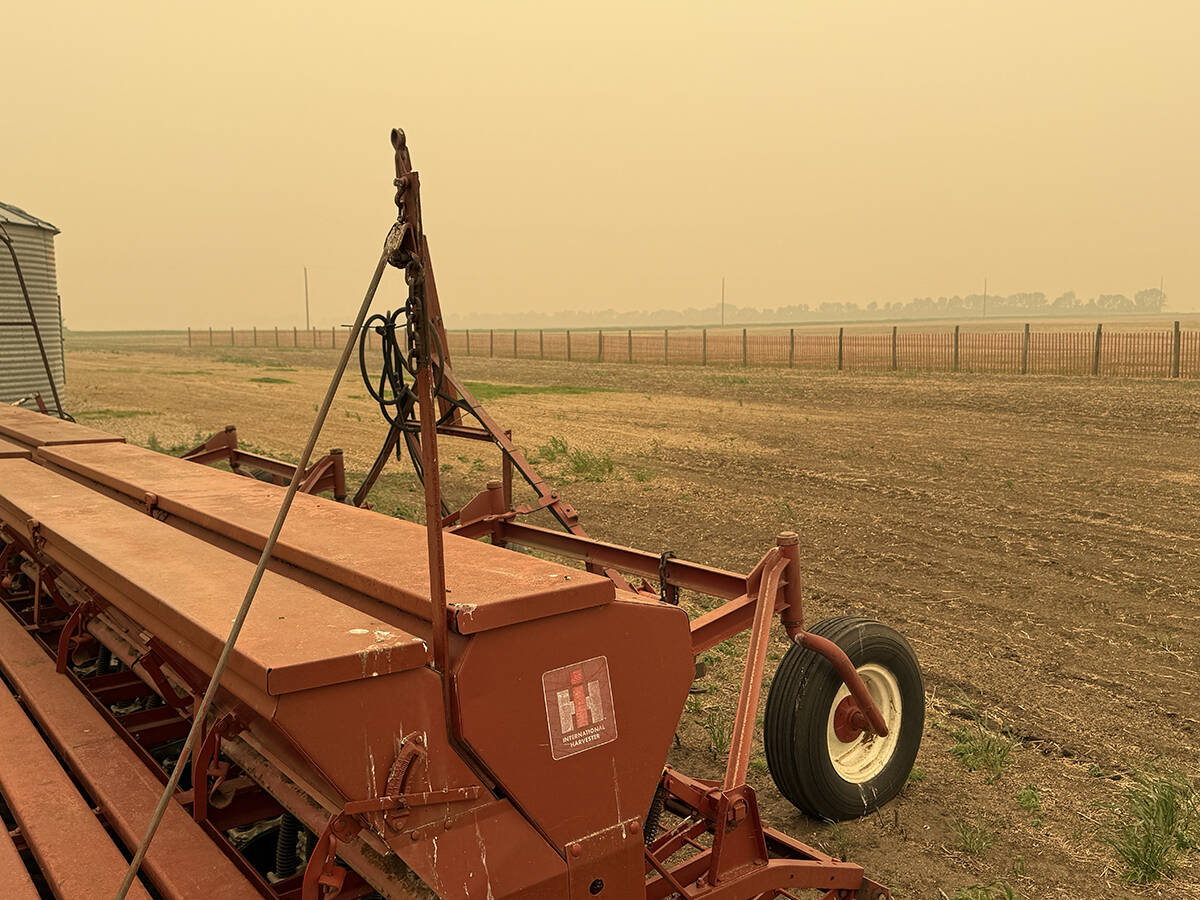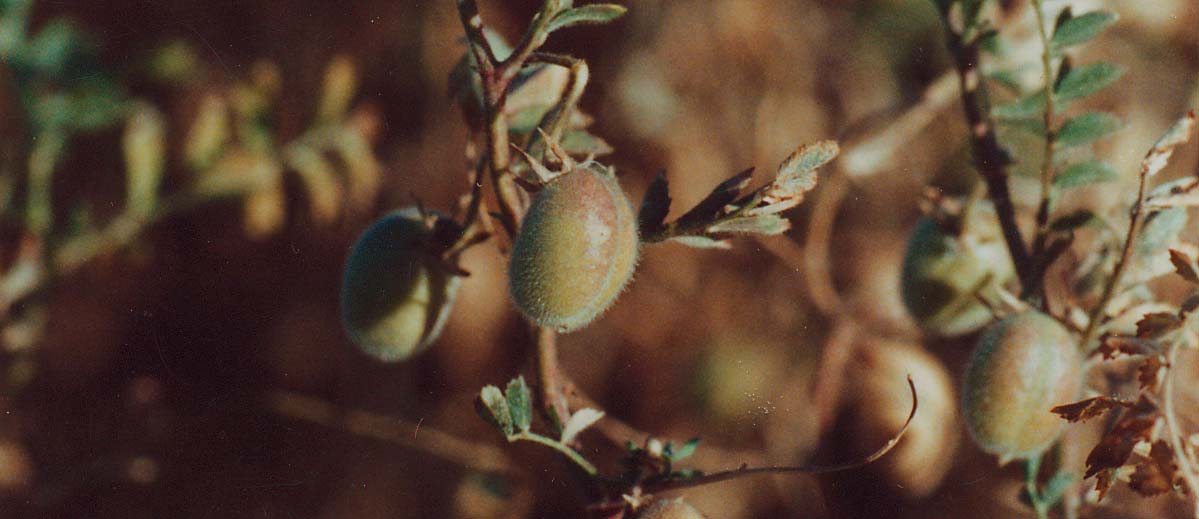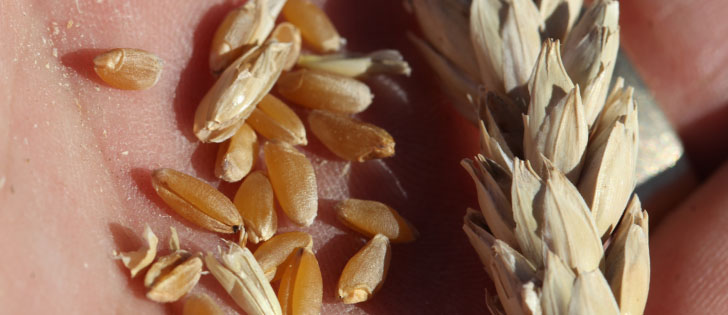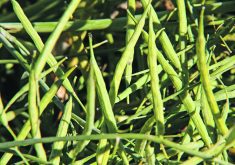BRANDON – Billy Prince runs the bottom sieve wide open on the Air Foil Chaffer he installed in his 8820 John Deere combine.
While most operators would be reluctant to run like that, Prince said he gets better performance with this setting.
Scott Vibert said Prince might be right, but only if everything on the combine is just about perfect. Vibert owns Harvest Services at Craik, Sask., and is the inventor-manufacturer of the Air Foil Chaffer.
“If he’s gone through the whole combine front to back and made the necessary modifications to boost the performance, then yes, you can run the bottom sieve wide open,” said Vibert. “But in order to do that, you need a pretty good cylinder and concave and beater at the front to provide enough material. It has to run at a high capacity.”
Read Also

Wildfires have unexpected upside this year
One farmer feels smoke from nearby wildfires shrouded the July skies and protected his crop from the sun’s burning rays, resulting in more seeds per pod and more pods per plant.
Vibert designed the Air Foil Chaffer back in the 1970s. He said it not only worked better than OEM chaffers, but customers liked the idea of no moving parts.
“The bottom louver grabs air and gives it a more uniform lift under the straw and chaff,” said Vibert.
“Air pushes it up and slightly to the back. It’s 10 degrees from vertical towards the back of the combine. That slight angle lets you run 20 percent more air.
“More air equals cleaner samples. You can generally get about a 15 percent cleaner sample if you adjust the air right.”
He said the bottom sieve generally runs wider than most operators are accustomed to. If they can run it wider without trash falling down, they have more capacity for handling grain.
Vibert said if the combine isn’t threshing at or near 100 percent, then the operator will need to start closing the bottom sieve.
However, he warned that closing the bottom sieve too much plugs the returns because everything tries to go through the returns to get threshed again.
Is there such a thing as too much air? Vibert doesn’t think so.
“On a lot of the older combines, it’s hard to crank up too much air. In the 1980s and 90s combines suffered from too little air.
“Caterpillar changed all that, and of course, the other manufacturers had to follow. Air isn’t a problem on the newer combines.”
———
access=subscriber section=crops, none, none















